Tying a horse in a trailer is an essential skill for any equestrian enthusiast. Properly securing your horse during transportation is vital for their safety and well-being. In this blog post, we will discuss the step-by-step process of tying a horse in a trailer, ensuring a safe and comfortable journey for both you and your equine companion.
Choosing the Right Trailer
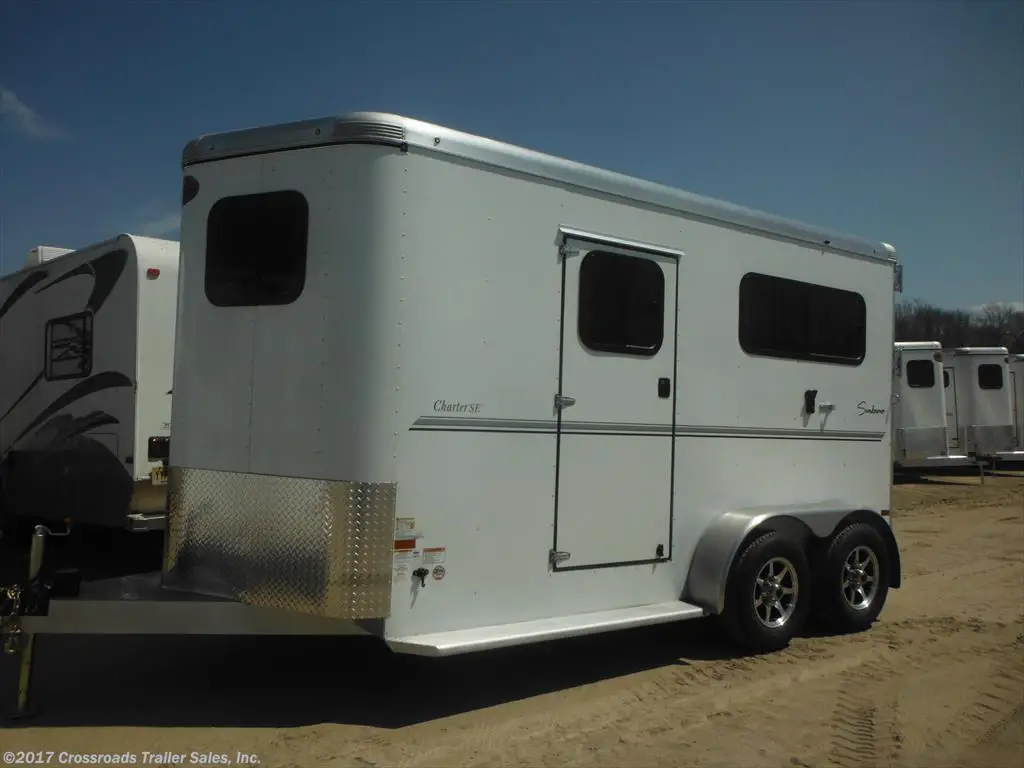
Before we delve into the specifics of tying a horse in a trailer, it’s crucial to ensure that you have the appropriate trailer for transporting horses. The trailer should be spacious enough to accommodate your horse comfortably, with adequate ventilation and lighting. Additionally, it should be equipped with secure tie points for attaching your horse’s lead rope.
Preparing Your Horse
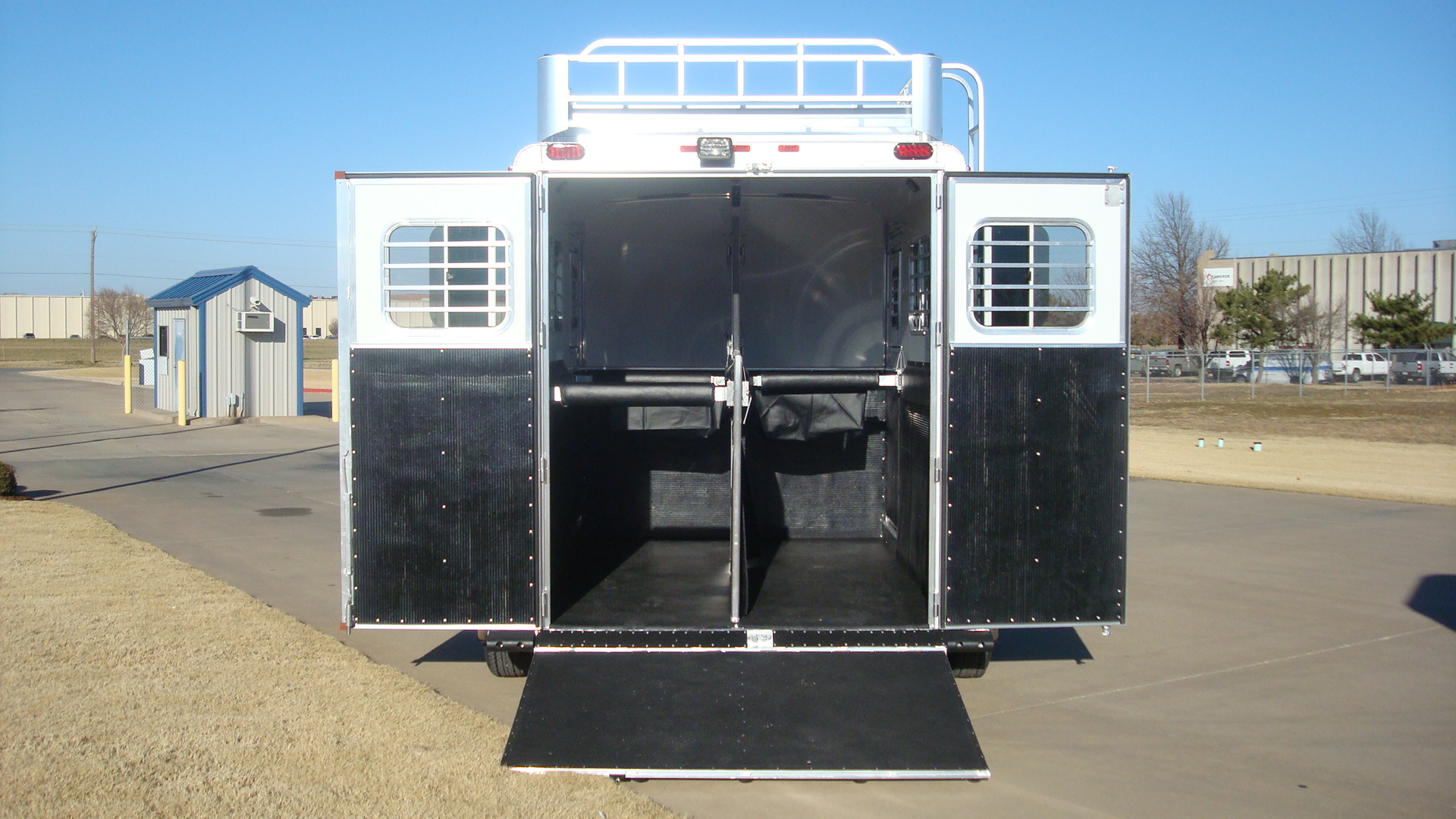
Prior to loading your horse into the trailer, it’s important to prepare them for the journey. Begin by grooming your horse and checking their hooves for any debris or sharp edges that could cause discomfort during transportation. It’s also advisable to ensure that your horse is accustomed to wearing a halter and being led with a lead rope.
Loading Your Horse
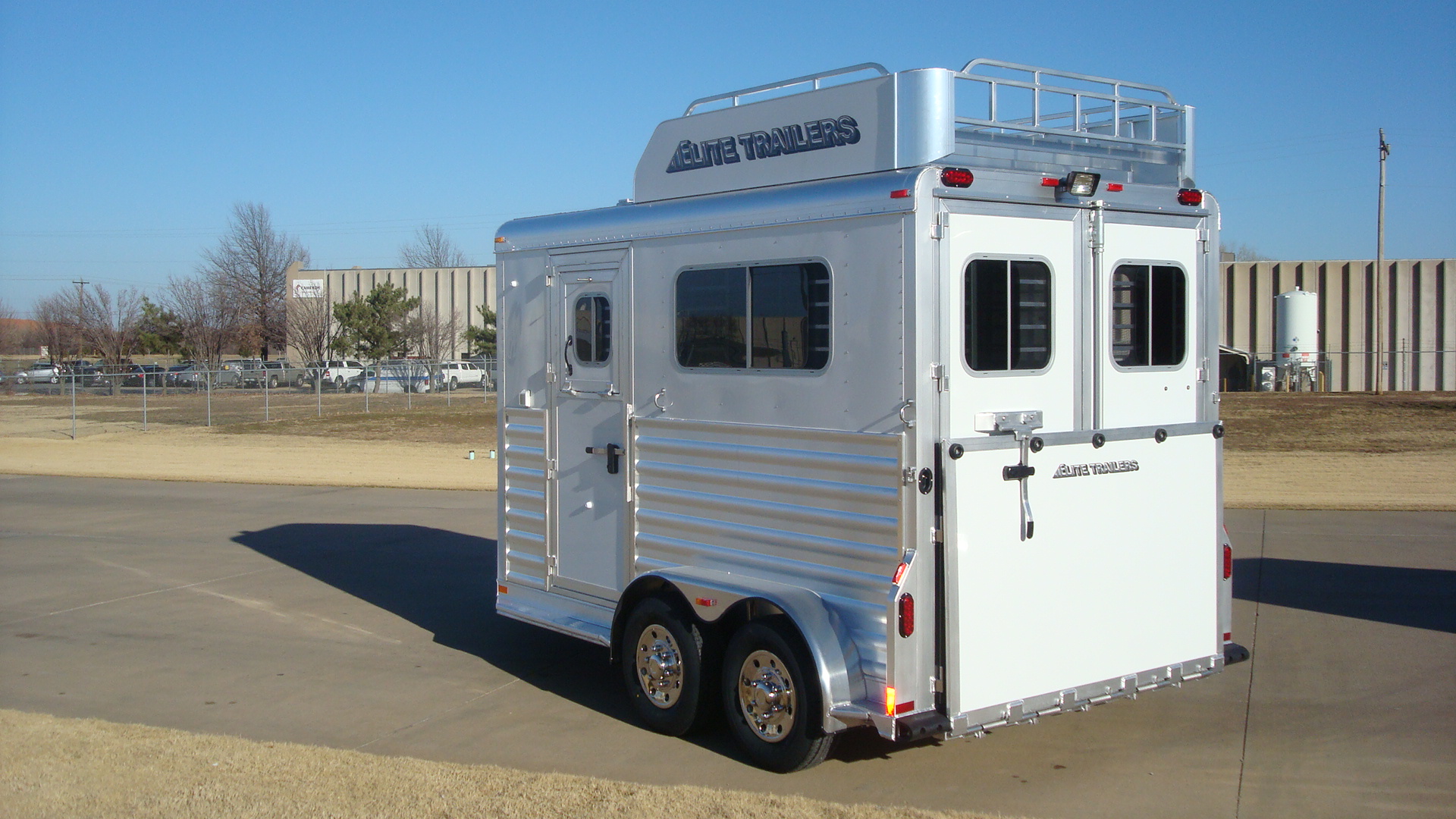
When loading your horse into the trailer, approach the process with patience and gentle encouragement. Lead your horse towards the trailer, allowing them to investigate the entrance and become familiar with the surroundings. Once your horse is comfortable, gently guide them into the trailer, ensuring that they have sufficient space to stand securely.
Securing the Lead Rope
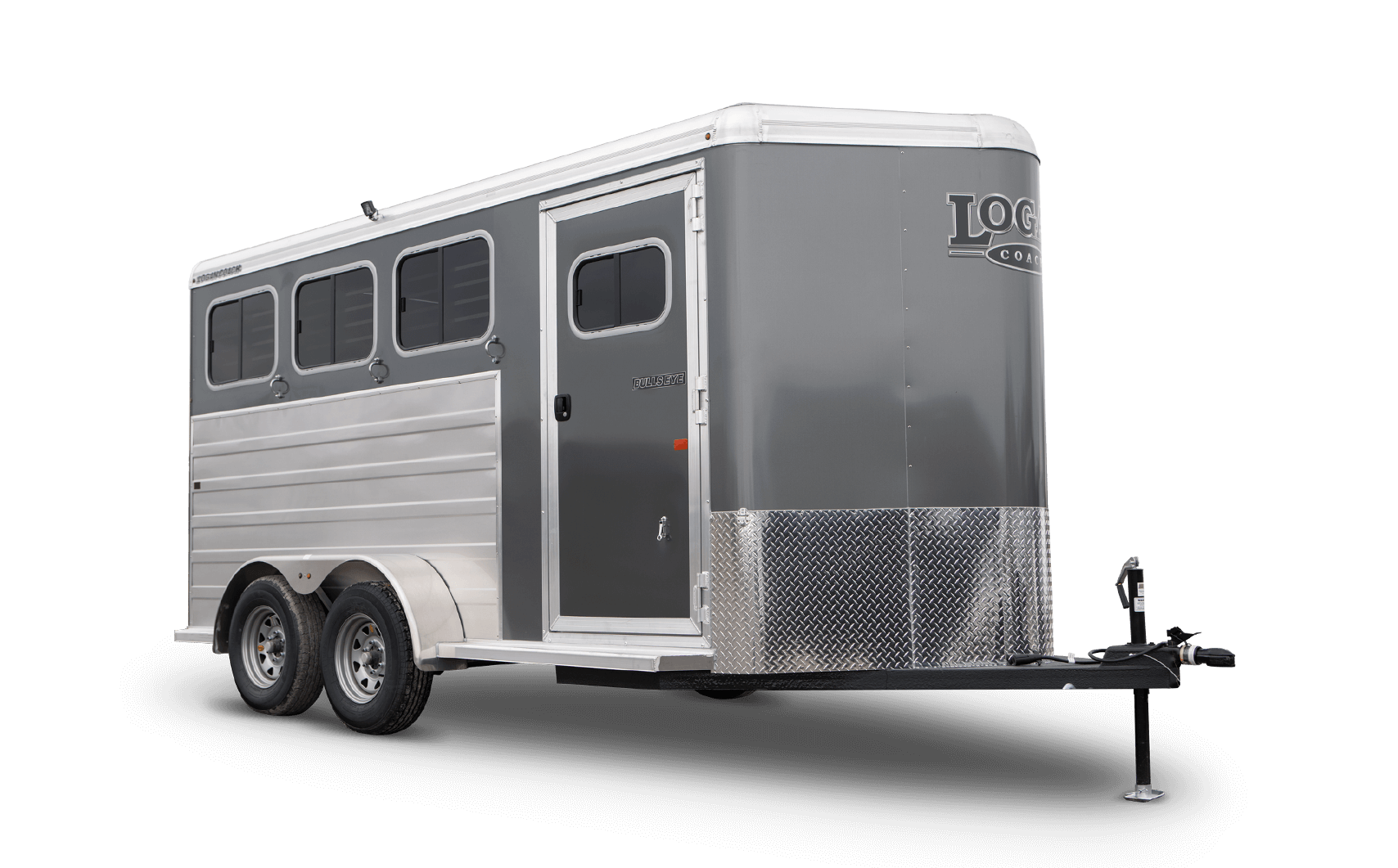
Once your horse is safely inside the trailer, it’s time to secure the lead rope. Choose a sturdy and well-fitting halter for your horse, ensuring that it is correctly adjusted to prevent any discomfort or slipping. Attach the lead rope to the halter, using a quick-release knot that can be easily undone in case of an emergency.
Positioning Your Horse
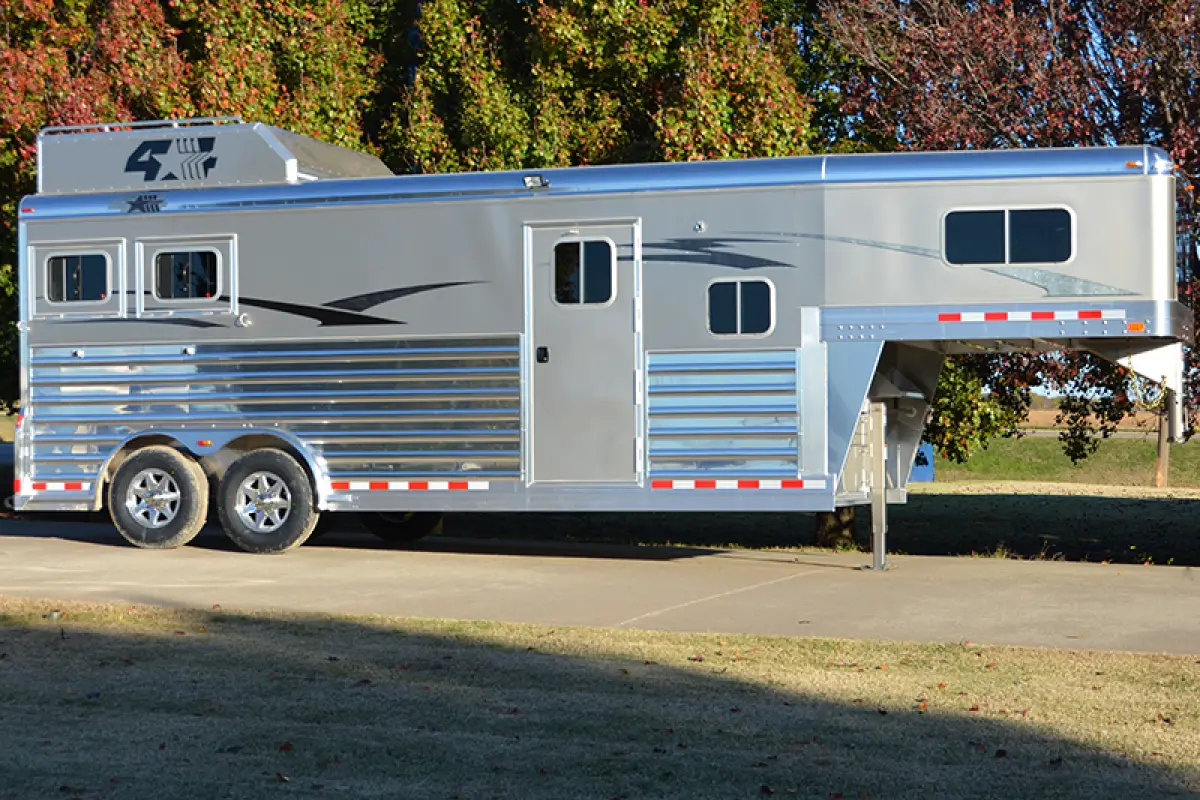
After securing the lead rope, position your horse in the trailer to ensure their stability and comfort during the journey. Ideally, your horse should be positioned facing forward, with their hindquarters slightly angled to maintain balance. It’s important to avoid tying your horse too tightly, allowing them to shift their weight and maintain a natural stance.
Ensuring Safety Measures

Before setting off, double-check that all safety measures are in place to protect your horse during transportation. Ensure that the trailer is well-ventilated and free from any hazards that could cause injury. Additionally, inspect the trailer’s flooring to ensure it is clean and slip-resistant, providing a secure footing for your horse.
Monitoring Your Horse
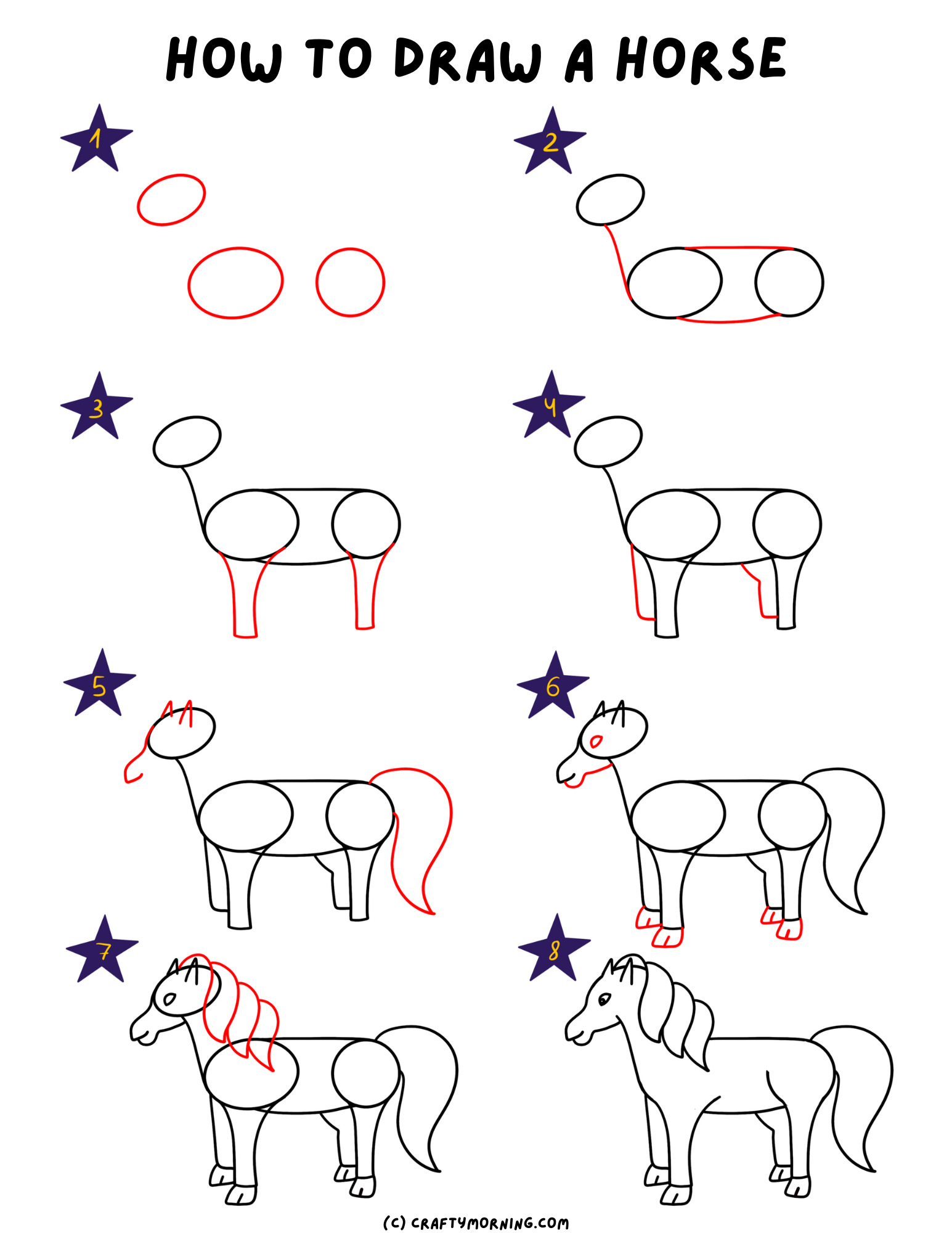
During the journey, it’s essential to monitor your horse’s well-being and behavior. Keep an eye on their posture and demeanor, ensuring that they are comfortable and at ease. If your horse shows signs of distress or discomfort, it’s important to pull over safely and address any issues before continuing the journey.
Arrival and Unloading

Upon reaching your destination, carefully unload your horse from the trailer, allowing them to exit at their own pace. Avoid rushing the unloading process, as this can cause unnecessary stress for your horse. Once your horse is safely outside the trailer, remove the halter and lead rope, allowing them to stretch and relax after the journey.
Post-Transportation Care

After transporting your horse, it’s crucial to provide them with post-journey care to ensure their well-being. Offer your horse water and allow them to rest in a comfortable and familiar environment. Additionally, inspect your horse for any signs of discomfort or injury, addressing any concerns promptly with the assistance of a veterinarian if necessary.
Maintaining Trailer Safety

To ensure the safety of your horse during transportation, it’s important to regularly maintain and inspect your trailer. Check the trailer’s tie points, flooring, and ventilation systems to ensure they are in optimal condition. Additionally, keep the trailer clean and free from any debris that could pose a risk to your horse’s well-being.
If you’re looking for information on how to tie a horse in a trailer, you might also be interested in learning about how to put a horseshoe on a horse and how to pull a horse shoe. Additionally, understanding how to tie a rope halter on a horse can be valuable for handling horses in various situations.
Conclusion

Tying a horse in a trailer is a fundamental skill for any horse owner or handler. By following the proper procedures for securing your horse during transportation, you can ensure their safety and comfort throughout the journey. With careful preparation, gentle handling, and attentiveness to your horse’s needs, you can make each trailer journey a positive experience for both you and your equine companion.



